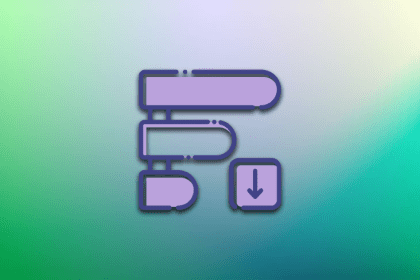
Learn how to craft user personas that improve your team’s ability to make important decisions throughout the product development lifecycle.

Successful products require two things: users who want what your product offers and users who are willing to pay for it. In essence, that’s market demand.

The product development manager is a cross-functional and hybrid role that sits somewhere between project and product management.

In this article, we will dive deep into one of the most widely used prioritization techniques, the MoSCoW method.

The executive summary can be a great way for product managers to secure buy-in quickly from upper management and senior stakeholders.

The SDLC is designed to save costs, build quality and complex software, and satisfy the end-user. An overview of the software development life cycle (SDLC) and its seven phases.

Critical success factors (CSFs) are specific elements or activities that are deemed essential for an organization to achieve its mission or goal.

In this guide, we’ll compare the three most popular agile frameworks (besides scrum): scrumban, iterative development, and lean development.

For any product team, the top-down and bottom-up approaches are crucial strategies to process information and make better product decisions.

Building features is a costly process. Many product teams commit to their assumptions about user needs, spend untold resources, and later discover that their shiny new features add no value.

Customer centricity (or being customer-centric) means that the company or the PM puts the customer at the center of their product development process.

Though PMs and engineering managers are separate roles, they work closely more often than any other two roles on a product team.